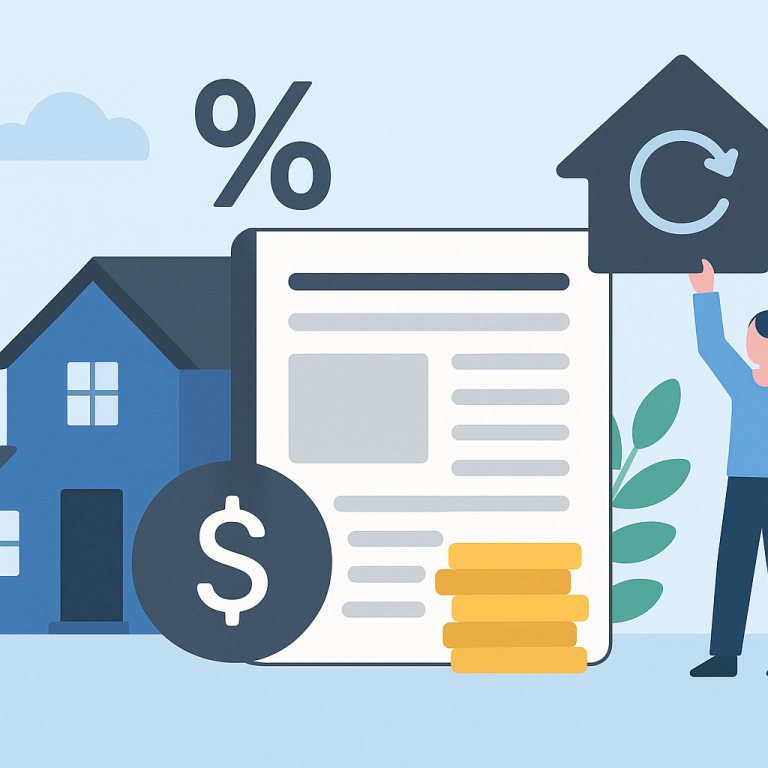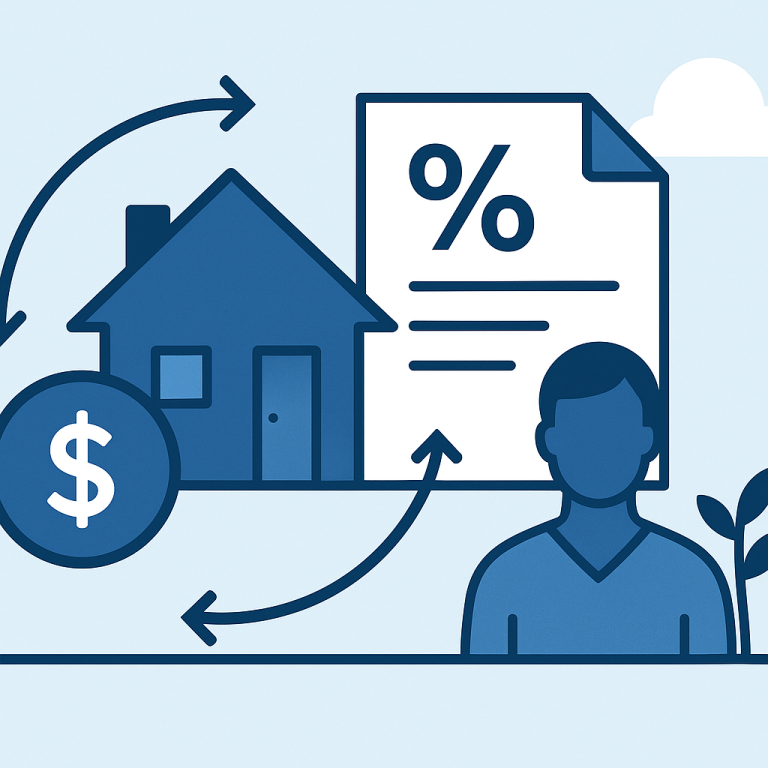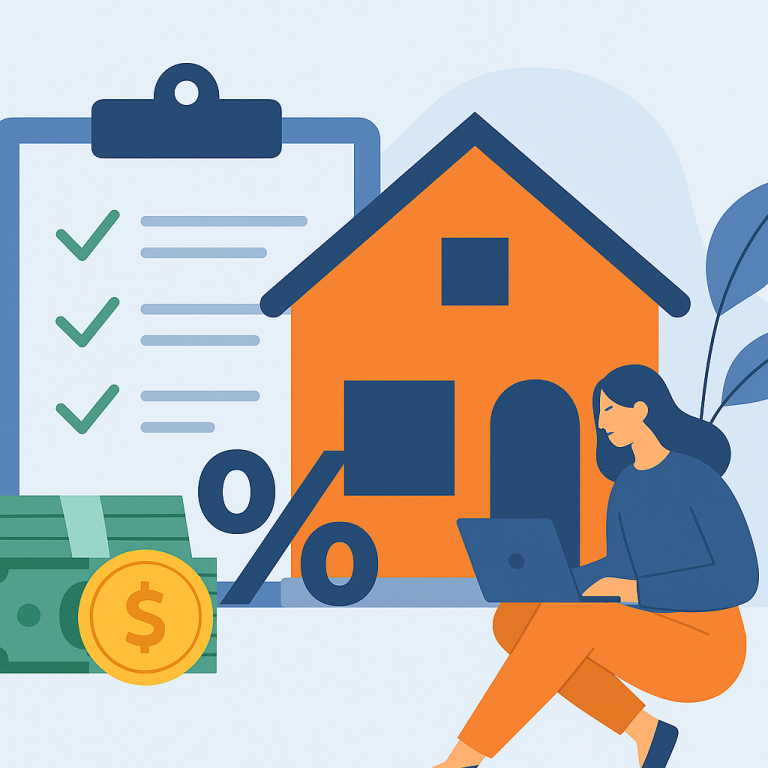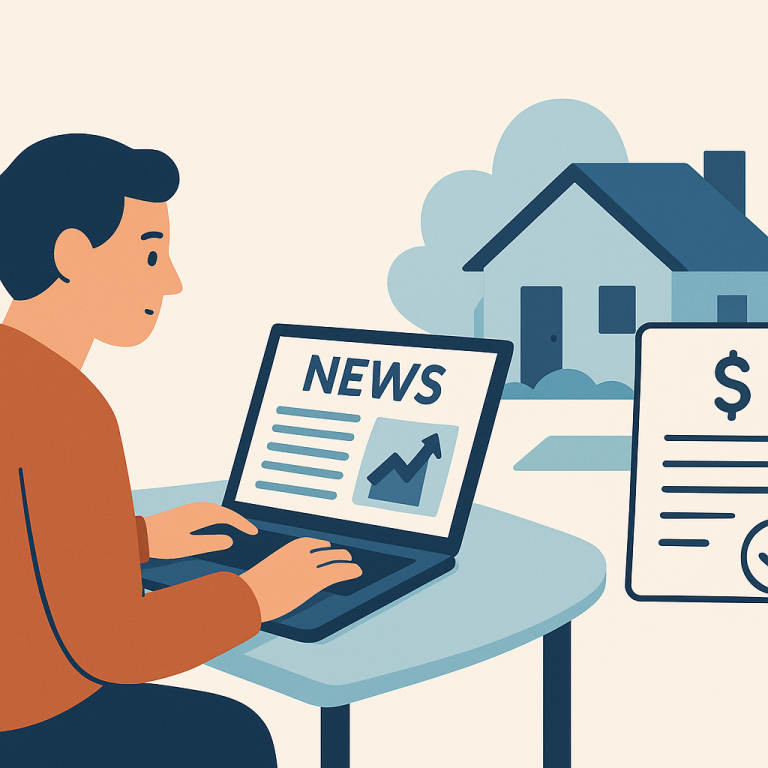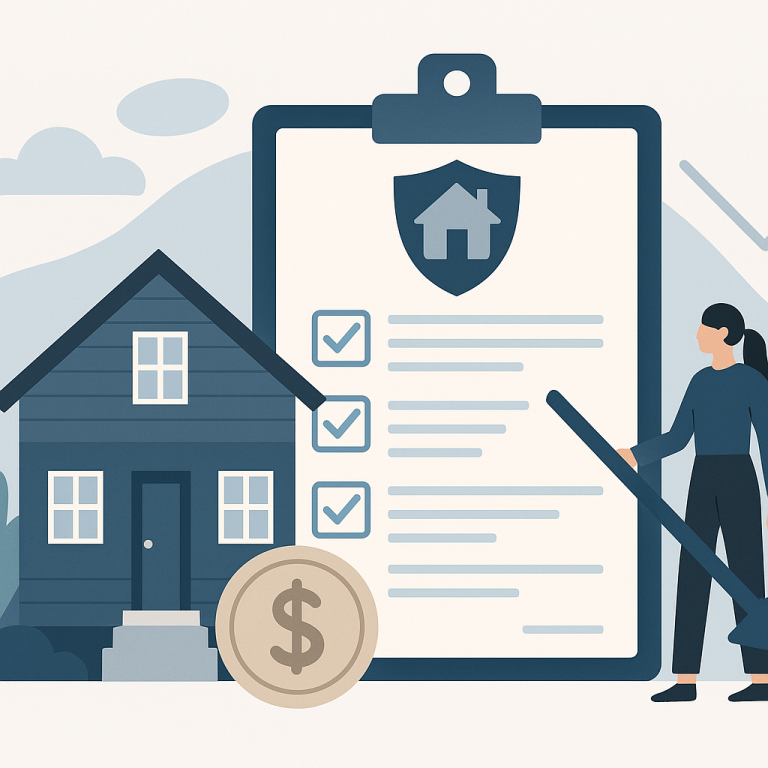Average 30-Year Mortgage Refinance Rate Falls to 5.12%, Applications Jump
At a glance: The latest mortgage rate drop and how it could affect refinancing decisions.
Mortgage rates have moved lower. That can improve affordability and may reopen refinance options for borrowers whose current rate is above today’s quotes.
What the Rate Drop Means for Borrowers
Refinancing activity has adjusted as mortgage rates moved off their recent lows. Lenders and borrowers alike are recalibrating expectations: decisions that once hinged primarily on securing the lowest possible interest rate now often factor in equity, cash needs and long-term financial goals. For many homeowners, the question has shifted from “Can I save on monthly payments?” to “What outcome am I trying to achieve from refinancing?”
When refinancing still makes sense
Although headline rates are no longer at the record lows that prompted a wave of refinances, there are several scenarios in which refinancing can remain a prudent move. Homeowners seeking to access home equity for major expenses, consolidate higher-cost debt, or shorten their amortization schedule can find benefits even when absolute rate savings are modest. Likewise, borrowers with changes in income or credit profile since their original loan may qualify for more favorable terms than they currently carry.
Refinancing to remove private mortgage insurance (PMI) or to move from an adjustable-rate mortgage to a fixed-rate structure are other common motivations. In each case, the value of the refinance depends as much on personal circumstances — equity, remaining loan term, and financial priorities — as it does on prevailing interest rates.
Practical steps homeowners should consider
- Clarify the primary objective: lower monthly payment, access cash, reduce total interest, or change loan type. The right path depends on which outcome matters most.
- Estimate total costs versus savings. Closing costs and fees can offset the benefits of a lower rate or different term, so homeowners should calculate when and whether the refinance will pay off over their expected time in the home.
- Check equity and loan-to-value. Sufficient home equity expands options — from conventional refinancing without mortgage insurance to larger cash-out amounts — and can improve pricing from lenders.
- Review credit profile and documentation. Improved credit, steady income documentation and a clean title generally yield better refinance offers and reduce friction in the underwriting process.
- Compare multiple offers. Rates and fees vary across lenders and loan products; obtaining several detailed loan estimates helps identify the best combination of price and terms.
- Consider non-rate benefits. Locking in a fixed rate, eliminating an upcoming rate reset, or reducing the loan term can offer predictable savings and risk reduction that matter beyond nightly rate quotes.
When to pause and reassess
Refinancing may not be worthwhile for homeowners who plan to sell in the near term, who already carry very low rates, or whose equity and credit profile would attract limited lender interest. In those cases, the upfront costs and administrative burden are likely to outweigh modest short-term savings. Homeowners should also confirm whether their current mortgage has prepayment penalties or other restrictions that could change the calculus.
Homeowner takeaways
- Refinancing decisions are most productive when tied to a clear financial objective, not just headline rates.
- Run a full cost-benefit comparison that accounts for closing costs, time in the home and intended loan use.
- Shop multiple lenders and review product features beyond the interest rate, such as loan term, flexibility and fees.
- If accessing equity, be realistic about repayment implications and how new debt fits into overall financial planning.
META: refinancing-opportunities-focus-on-objectives; homeowner-takeaways; finance-blog

